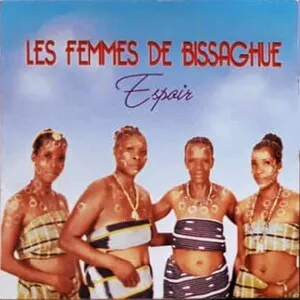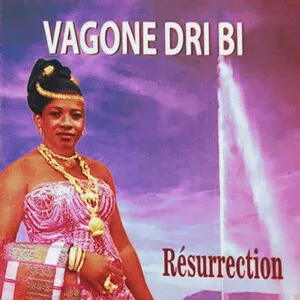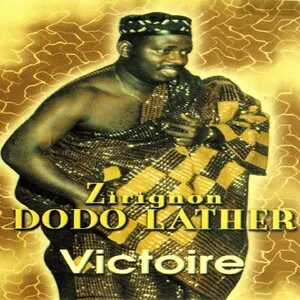Alloukou is a traditional Ivorian dance-music from the Dida and closely related Bété communities in south‑central Côte d’Ivoire, especially around Lakota, Divo, and Gagnoa. It is characterized by layered hand‑drumming, iron bell patterns, rattles, and antiphonal (call‑and‑response) singing that animates a communal circle dance.
The rhythmic feel is typically in a compound meter (a 12/8 lilt with 3:2 cross‑rhythms), driving hip‑ and torso‑led movements. In urban and stage contexts, Alloukou is sometimes arranged for modern bands, adding electric bass, guitars, and keyboards that trace cyclical ostinati while preserving the core percussion timeline and choral replies.
Beyond entertainment, Alloukou functions as social glue: it is performed at festive gatherings, rites of passage, and community celebrations, where the lead drummer’s cues direct dancers, soloists, and chorus.
Alloukou emerges from the ceremonial and festive practices of the Dida and neighboring Bété peoples in what is now south‑central Côte d’Ivoire. Its core elements—polyrhythmic hand‑drumming, a guiding iron bell, and antiphonal vocals—reflect long‑standing West African performance logics where music, dance, and social participation are inseparable.
While antecedents are older, the format recognized today coalesced in the early 1900s as village ensembles standardized drum families, choreographies, and song repertoires for weddings, harvests, and communal feasts. Performers transmitted technique orally, with master drummers teaching patterns and “calls” that cue dancers and the chorus.
From the mid‑20th century, migration to Abidjan and regional towns brought Alloukou to multi‑ethnic audiences. Cultural troupes and national ensembles began staging the dance for theaters and festivals, codifying costumes and set pieces without losing the call‑and‑response engine at its heart.
From the 1970s onward, popular Ivorian musicians drew on Dida/Bété rhythmic cells in guitar‑band settings. Arrangers layered kit drums with traditional percussion, added bass ostinati, and harmonized choral refrains, creating recordings that kept Alloukou’s timeline intact while dialoguing with highlife and soukous production aesthetics.
Today Alloukou lives both as a village tradition and a staged urban form. Community ensembles continue to perform for social events, while folkloric and popular acts incorporate Alloukou grooves into concert repertoires and recordings, sustaining its role as a symbol of regional identity within the Ivorian musical mosaic.





